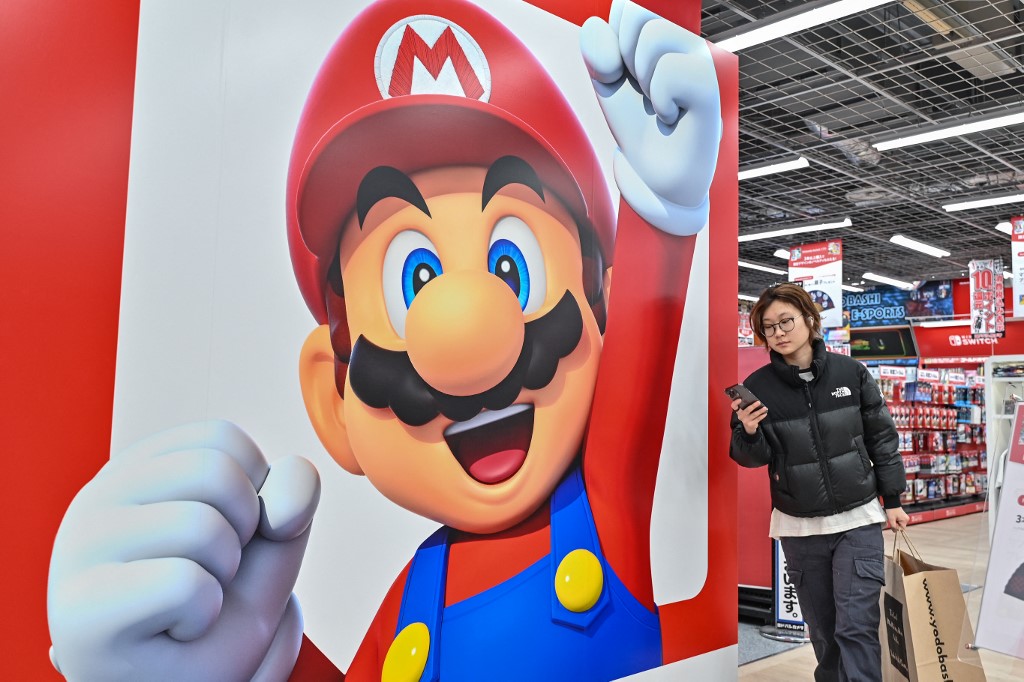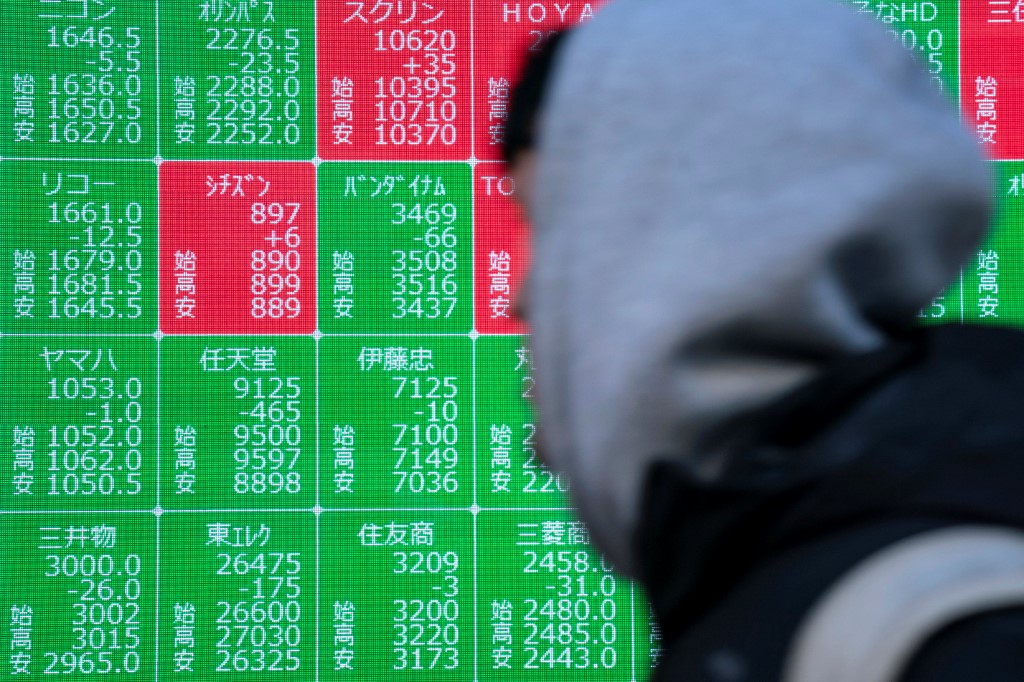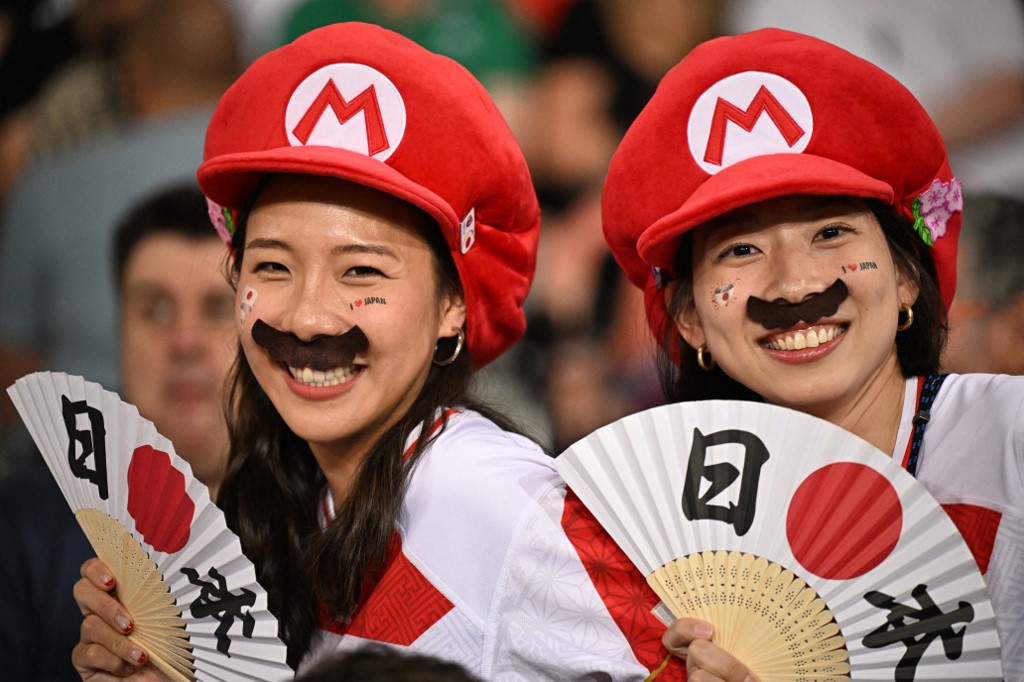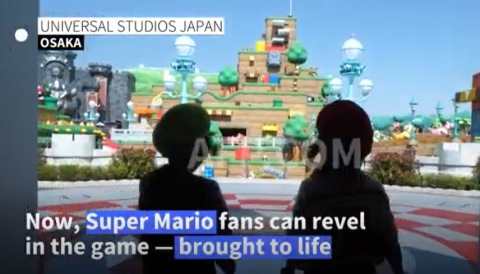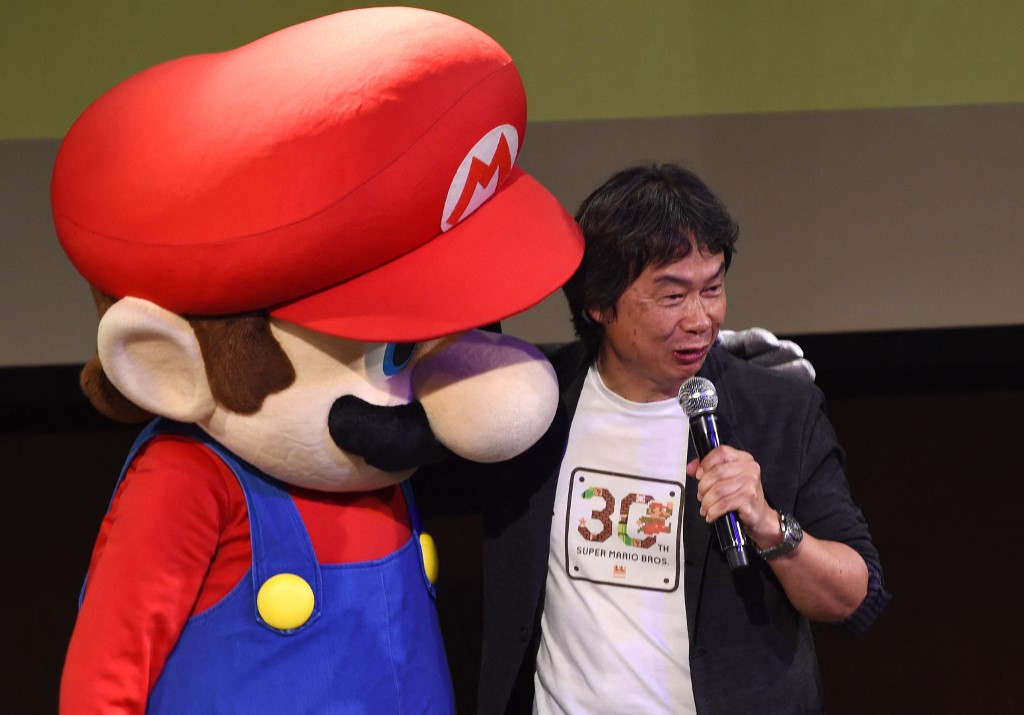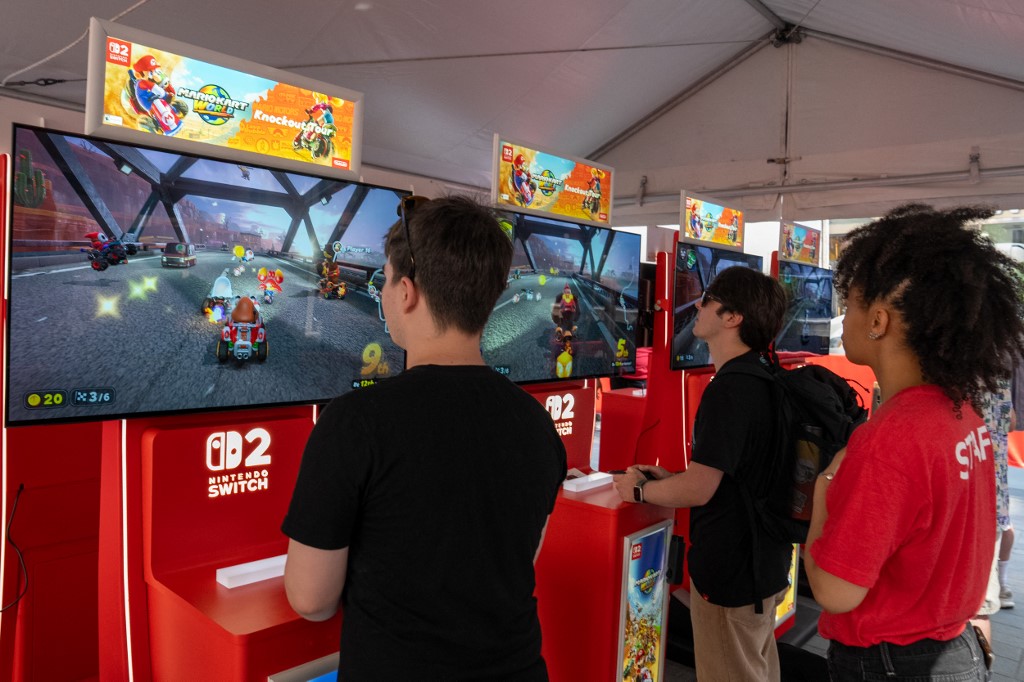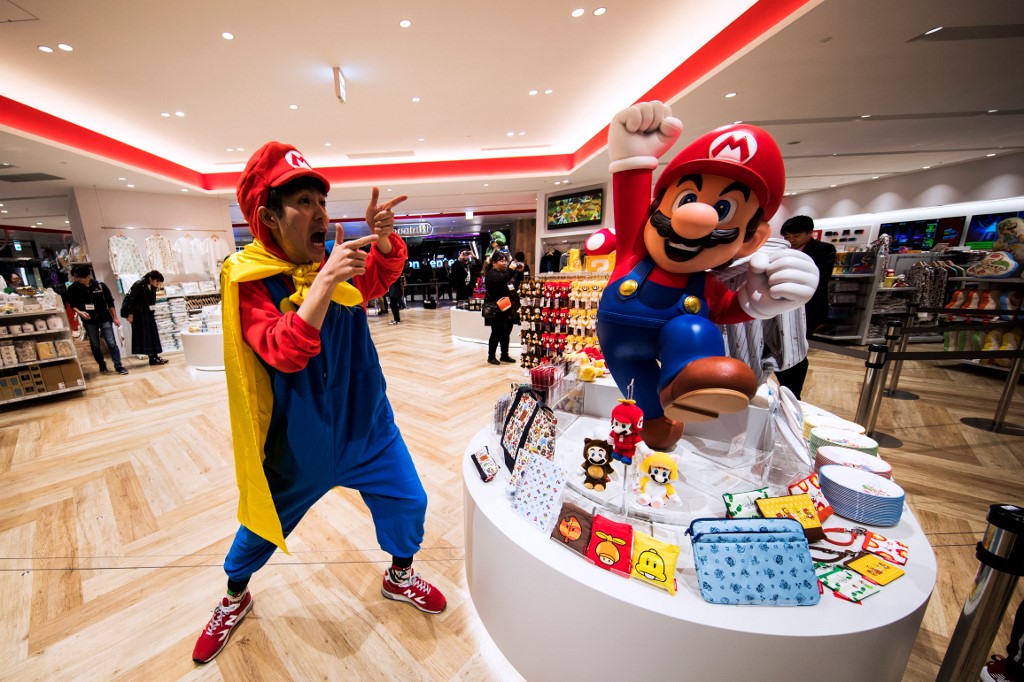The Icon
An icon of pop culture, the video game Super Mario Bros. celebrates its 40th anniversary on September 13, 2025. AFP has been preparing this for several weeks with various text, photo, and video reports, both in Japan and in other countries. Who would have thought that a chubby, mustachioed, hyperactive plumber wearing a red cap would become a planetary star for every generation?
After first bursting onto the scene in 1981 as the character “Jumpman” in Nintendo's game "Donkey Kong," he was later renamed Mario in 1983 for his very first arcade adventure: Mario Bros.
But it was the release of Super Mario Bros. in 1985 on Famicom that catapulted the character to global superstardom.
Created by Shigeru Miyamoto, the father of Zelda and Donkey Kong, Super Mario Bros was one of the world’s first video games to allow the player to move horizontally through an evolving landscape. With more than 40 million copies sold, it was one of the best-selling games in the world for a long time.
AFP’s Tokyo bureau is preparing several stories to showcase the impact of Super Mario Bros. on Japanese society.
A customer walks past a Super Mario poster in Tokyo, on January 12, 2024. © Richard A. Brooks
The driving force behind Nintendo
Mario, the star character of the Nintendo brand, has played a key role in the success of its consoles. The Japanese manufacturer has once again banked on the cap-wearing plumber for the launch of its new console, the Switch 2, by making Mario Kart World, the latest installment in the very popular Mario Kart series, its flagship title.
Surrounded by other characters, whether friends or foes, Mario has evolved over the years to appear in a wide variety of game genres, ranging from traditional platformers to fighting, sports, and racing games.
The globally popular character enjoys immense fame in Japan. So much so that former Prime Minister Shinzo Abe arrived at the closing ceremony of the 2016 Rio Olympics dressed as Mario.
Emmanuel Pionnier, Tokyo bureau Chief, explains how the coverage leading up to the anniversary is being handled.
A person walks past the board displaying Nintendo's market value on January 17 in Tokyo. © Kazuhiro Nogi / AFP
Drawing up a wishlist
As an event like these approaches, the first task is to compile various ideas from everyone in the Tokyo bureau, as well as across the international network, since this game enjoys a global reputation. The editorial leadership then draws up a sort of “wishlist”.
"In Tokyo, we are fortunate to have journalists brimming with ideas, and the list can grow quickly. Sometimes, it's necessary to rein in this enthusiasm. For this Mario anniversary, brainstorming began as early as April, with plenty of discussions, especially since some members of the team are big video game fans."
Two Japanese supporters dressed as Mario during the Rugby World Cup for the Japan-Samoa match at the stadium in Toulouse, France, on September 28, 2023. © Lionel Bonaventure / AFP
Retroplanning
At the same time as ideas are being thrown about, the bureau draws up a timeline leading backwards to D-Day, which will be tweaked in the days leading up to the event. The general goal is to roll out all Mario-related content gradually in the days leading up to September 13.
Opening of the first leisure area dedicated to Nintendo's universe "Super Nintendo World" in the vast Universal Studios Japan theme park (USJ in Osaka, Japan), on March 18, 2021. © Hiromi Tanoue / AFP
Getting started
Once the ideas get the green light, journalists begin organizing their stories. In Japan, more than elsewhere, requesting interviews takes time—it often involves multiple emails, some of which are basically pleasantries or comments on the day's weather, and often requires one or two initial meetings simply to "get to know each other" before the actual interview. There is also a logistical side to this (travel, accommodation, etc.).
Super Mario and his creator Shigeru Miyamoto on stage for the 30th anniversary, on September 13, 2025, in Tokyo. © Toshifumi Kitamura / AFP
Production
The final phase is obviously content production, using testimonies, photos, or footage collected during various reports, editing these materials, and finally publishing them. Coordinating between different languages, photo, and video teams is crucial to ensure everyone is ready to publish at the same time.
Players are trying Mario Kart World during a launch event for the Switch 2 console at the Nintendo store in New York on June 4, 2025. © David Dee Delgado / AFP
Three Questions for Emmanuel Pionnier
How do the Japanese view Mario?
Super Mario Bros is one of the oldest famous video games in history. The Japanese generally find the world of this character endearing. Interestingly, Mario became instantly popular worldwide. Additionally, Mario is not a Japanese character; he's an Italian plumber. Nintendo excels at creating lovable characters with rich worlds around them. The Japanese passion for Mario can be seen by the success of the Switch 2 pre-orders. It's no coincidence that the game "Mario Kart World" was included for the launch of the new console.
The Mario universe is filled with diverse characters, so everyone has their favorite. At the beginning, there was only Mario. Later, his brother Luigi and the dinosaur Yoshi were introduced. Over time, players were able to control other characters as well. The graphics universe and the design of the levels also greatly contributed to the game's success in Japan. The music also played a significant role in Mario's success.
In Japan, Shigeru Miyamoto, Mario's creator, is still very active. He enjoys discussing the world he created. Finally, the Japanese were seduced by Nintendo's marketing around this game and character. It’s impossible to discuss Mario's success without mentioning the merchandising. Everywhere in shops, whether in Tokyo or major cities, there are mountains of Mario-related products. Nintendo excels in this area with plushie toys, clothes, goodies, figurines, lamps, etc. There are also mangas, a movie, and even a highly successful amusement park.
A man in costume poses in front of a Mario display ahead of the opening of a new Nintendo store in Tokyo, Japan, on November 19, 2019 © Behrouz Mehri / AFP
Can we say there is affection for the character of Mario?
Undoubtedly! The Japanese have many childhood memories tied to this game. Their affection is somewhat like what people feel for Disney characters. This little mustachioed man in overalls has been part of their video game environment since childhood. Mario is a comforting character, one they adore.
Super Mario Bros is multigenerational—do you play it?
I grew up in a country village on the edge of a forest, and our games were street soccer, giant hide-and-seek, and building treehouses, so I never had a console. My daughter, a teenager, has a Switch now, and the only game we occasionally compete in is Mario Kart. Of course, I'm not at her level, and she regularly humiliates me with great delight!
The Japanese have many childhood memories tied to this game. Their affection is somewhat like what people feel for Disney characters.
Explore our coverage. Get an AFP News free trial.

